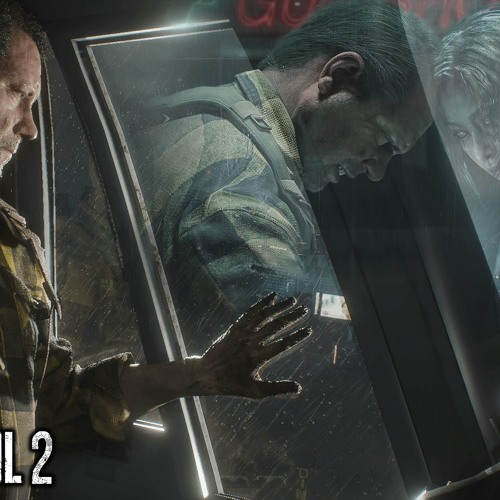


But series producer Shinji Mikami regretted not updating the soundtrack. It featured a new re-arranged mode, multiple difficulty options, and other superficial design revisions. In an attempt to placate bloodthirsty fans, Capcom released Resident Evil: Director's Cut in late 1997. Eventually, this stagnant, unfinished incarnation (now referred to as Resident Evil 1.5) would be scrapped entirely and rebuilt from the start. But Resident Evil 2 was stuck in development hell. Wind back to 1997: Resident Evil had been a smash hit on the PlayStation a year prior, and speculation about the game's highly publicized sequel was rampant. Mamoru Samuragochi in Hiroshima in December 2013. Here’s how Mamoru Samuragochi, the disgraced composer once known as Japan’s Beethoven, left his mark on the iconic survival horror franchise.

The story behind this curious misstep is even stranger, and the 25th anniversary of the original Resident Evil is a fine time to revisit one of the oddest chapters in the series’ history. But as far as missteps go, nothing trumps the bizarre revisions to the soundtrack for the PlayStation's Resident Evil Director's Cut: DualShock Edition. Sure, there have been a handful of questionable choices - the insatiable funk-rock of RE2's “ Scenario B Ending” is a prime example of a bone-chillingly poor creative choice. Be it the chilling ambient sounds of Raccoon City in Resident Evil 3, the uniquely unsettling “ Wreckage of the Mad Experiment” in RE2, or even the cryptic implementation of “ Moonlight Sonata” in the 1996 original, sound and music - or lack thereof - has immeasurably enriched the atmosphere of this consistently intense gaming experience across the past quarter-century. Impeccable music and audio design have been as foundational to the series’ success as zombies and puzzle-filled mansions. Resident Evil is a franchise built on breathless suspense.


 0 kommentar(er)
0 kommentar(er)
